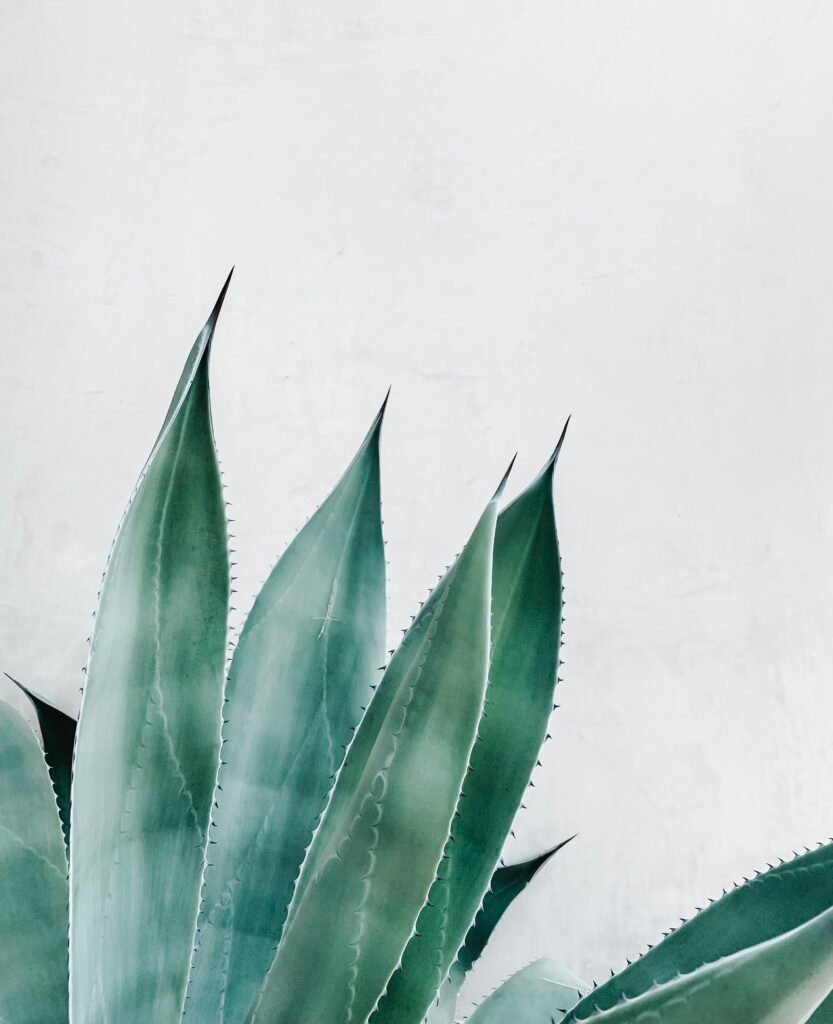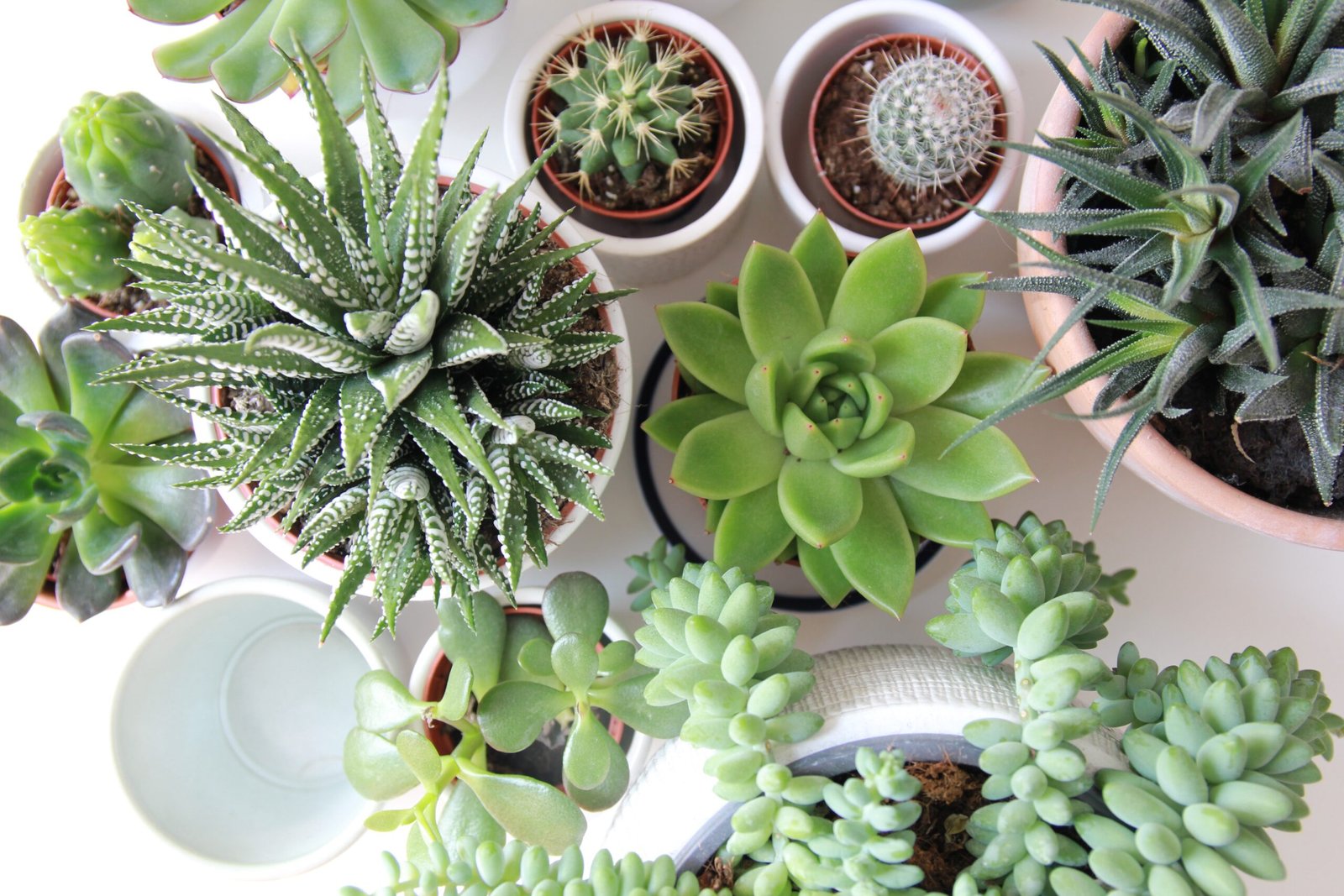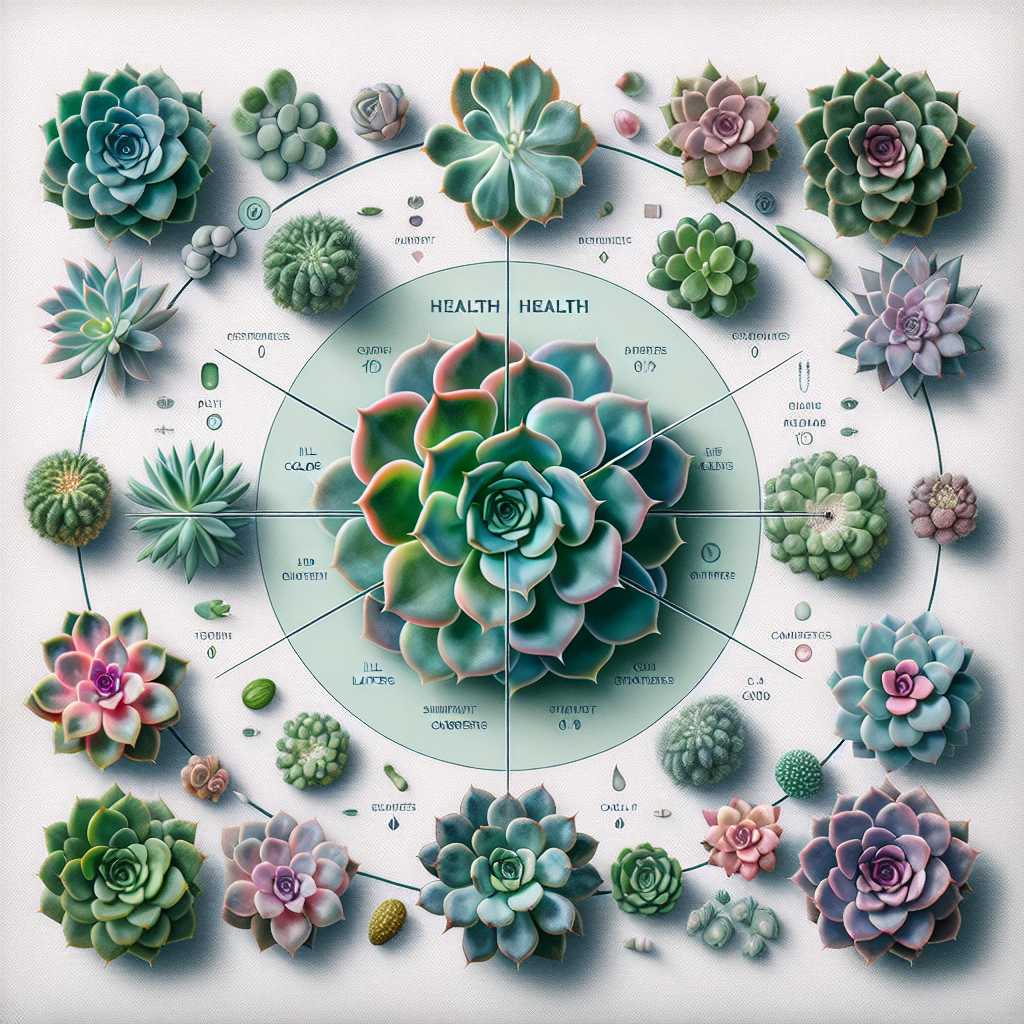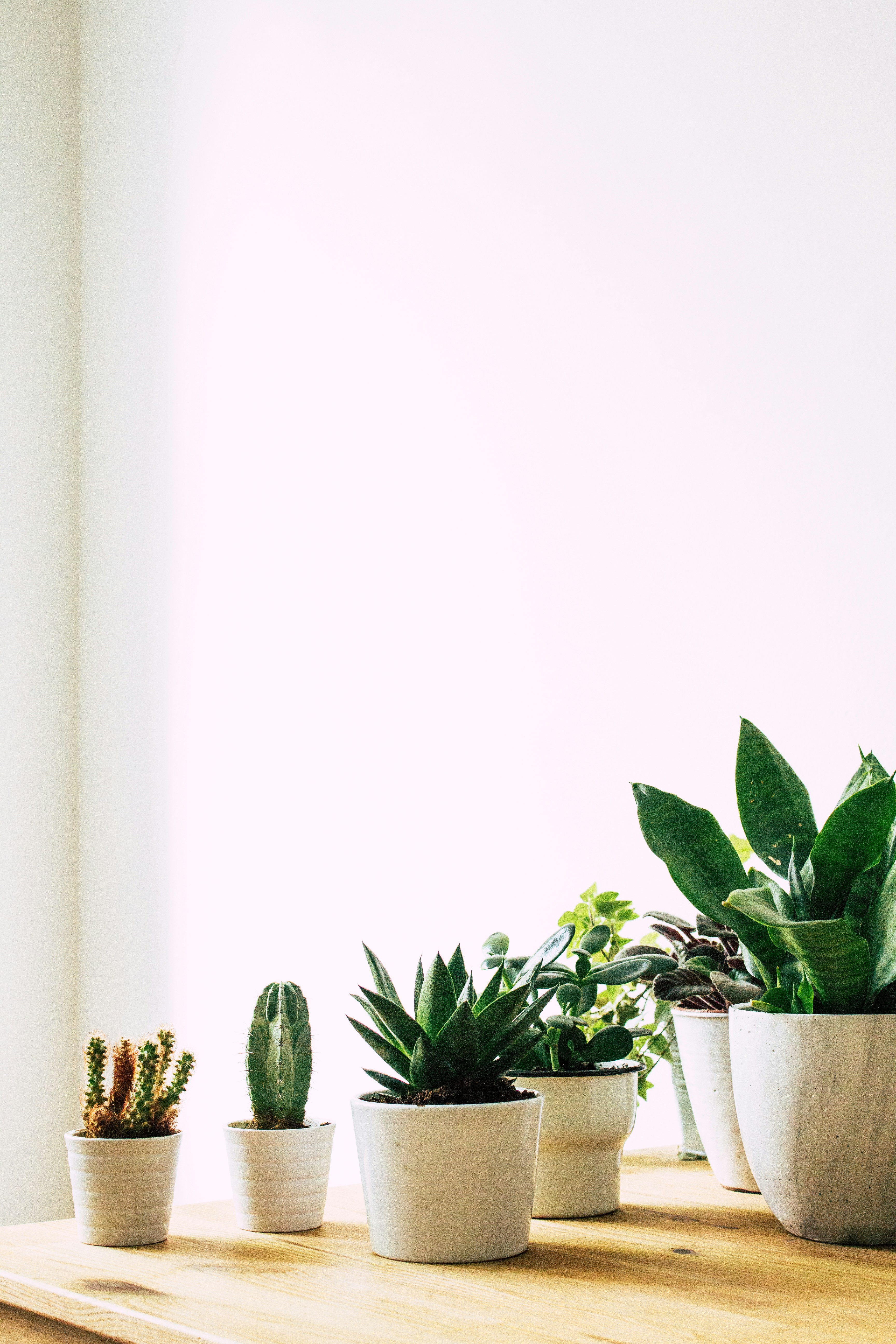Have you ever wondered how to tell if your succulent is healthy? As plant enthusiasts, we all want our succulents to thrive and flourish. But how can you be sure that your succulent is in good health? In this article, we will explore some common signs to look out for to determine the overall health of your succulent. By paying attention to these indicators, you will be able to keep your succulent happy and vibrant for years to come.
Appearance
Leaf color
A healthy succulent will have vibrant and rich leaf colors. Depending on the species, the leaves can range from various shades of green to blue, purple, or even red. Dull or yellowing leaves may be a sign of an unhealthy plant, indicating nutrient deficiencies, overwatering, or lack of sunlight.
Leaf shape
The shape of the succulent’s leaves can vary greatly, from rosettes to elongated and cylindrical forms. A healthy succulent will have leaves that are plump and well-formed, without any deformities or abnormalities. If you notice any wilting, shriveled, or distorted leaves, it could indicate a problem with the plant’s health.
Leaf texture
The texture of the succulent’s leaves should be firm and turgid, with a smooth and waxy surface. Healthy leaves should not be overly wrinkled, mushy, or have any signs of rot. Touch the leaves gently to get a feel for their texture and ensure they are in good condition.
Growth pattern
A healthy succulent will exhibit a consistent and balanced growth pattern. It should have new growth appearing regularly, indicating that the plant is actively growing and thriving. If you observe stunted growth, excessive elongation, or a lack of new growth, it may be a sign of underlying issues that need to be addressed.
Overall plant shape
The overall shape of the succulent should be symmetrical and well-proportioned. Healthy plants will have a balanced distribution of leaves and stems, with no signs of leaning or top-heavy growth. Look out for any signs of wilting, drooping, or misshapen growth, as these can be indications of poor health.
Root System
Root color
When examining your succulent’s root system, you should look for roots that appear healthy and vibrant. Healthy roots are typically white or light brown in color. Any dark or blackened roots may indicate rot or fungal infections, while yellowish or reddish roots can be a sign of stress or dehydration.
Root density
A healthy succulent should have a dense and well-developed root system. When gently removing the plant from its pot, you should see a network of roots spreading throughout the soil. Sparse or sparse-looking roots can suggest poor root health or improper watering practices.
Root size
Healthy succulent roots should be proportionate to the size of the plant. They should be substantial enough to provide stability and support for the plant. Oversized or undersized roots may indicate imbalances in the growing conditions or potential issues such as overwatering or nutrient deficiencies.
Root health
Inspect the roots for any signs of rot, pests, or diseases. Healthy roots should be clean, firm, and free of any mushy or slimy sections. Make sure there are no visible pests or unusual growths on the roots. Any signs of decay or damage should be addressed promptly to ensure the overall health of the succulent.
Watering
Proper watering frequency
Watering is a crucial aspect of succulent care, and finding the right balance is essential for maintaining a healthy plant. Succulents have adapted to survive in arid conditions and are susceptible to root rot if overwatered. A healthy succulent should be watered sparingly, allowing the soil to dry out between waterings. Consistency in watering frequency is key to preventing issues caused by under or overwatering.
Leaf plumpness
After watering, the leaves of a healthy succulent should appear plump and full. This indicates that the plant has absorbed an adequate amount of water and is well-hydrated. If the leaves appear shriveled or wrinkled, it may be a sign of underwatering. Conversely, if the leaves appear swollen or mushy, it could indicate overwatering and potential root rot.
No signs of overwatering
Overwatering is a common issue that can lead to the decline of succulents. Signs of overwatering include yellowing leaves, mushy or rotting stems, and root rot. A healthy succulent should show no signs of overwatering, with the soil drying out between waterings and no waterlogged conditions present.
No signs of underwatering
Underwatering can also be detrimental to succulents, causing leaves to shrivel and dry out. A healthy succulent should not display signs of underwatering. The leaves should be plump and turgid, and the soil should be adequately moistened during watering sessions.
Sunlight
Leaf color intensity
The intensity and vibrancy of the leaf color can indicate the health and adequate exposure to sunlight. Healthy succulents exposed to sufficient sunlight will have vibrant and intense leaf colors. If the leaves appear pale or faded, it may suggest insufficient light exposure, while a sunburned appearance indicates excessive sunlight.
No signs of sunburn
Sunburn can occur when succulents are exposed to intense sunlight without gradual acclimation. Signs of sunburn include brown or yellow patches on the leaves and stems. A healthy succulent should not display any signs of sunburn, and precautions should be taken to gradually expose the plant to direct sunlight to avoid damage.
No signs of etiolation
Etiolation refers to the excessive elongation of stems and a noticeable stretching between leaves due to a lack of sufficient light. A healthy succulent should not exhibit signs of etiolation. The plant should have compact and sturdy growth, with minimal stretching or elongation between leaves.
No signs of light stress
In addition to sunburn and etiolation, succulents can display signs of stress when they do not receive adequate light. Examples of light stress include uneven growth, leggy or spindly appearance, and a weak overall structure. A healthy succulent should exhibit robust growth and show no signs of light stress.

Pests and Diseases
No visible pests on leaves
A healthy succulent should be free from visible pests on its leaves. Common pests that can infest succulents include mealybugs, aphids, spider mites, and scale insects. Regularly inspect your plant for any signs of these pests, such as visible insects, sticky residue, or webbing.
No signs of pests damage
Healthy succulents will not exhibit any signs of pest damage. Pests can cause various issues, including distorted growth, yellowing or discolored leaves, and small holes or bite marks on the foliage. By ensuring your succulent is free from pest damage, you can ensure its overall health and vitality.
No signs of diseases
Succulents are generally resilient plants, but they can still be susceptible to diseases caused by fungi, bacteria, or viruses. Common succulent diseases include root rot, powdery mildew, and fungal infections. A healthy succulent should show no signs of disease, such as discoloration, lesions, or abnormal growths on the leaves or stems.
No discoloration on leaves
Healthy succulents should have uniformly colored leaves without any discoloration or spots. Discolored or blotchy leaves can indicate the presence of diseases or nutrient deficiencies. Regular inspection of the leaves can help identify any signs of discoloration and address potential issues promptly.
Leaf Propagation
New growth from leaves
Leaf propagation is a popular method of succulent propagation. A healthy succulent will produce new growth from propagated leaves. Once the leaves are placed in a suitable growing medium, new roots should develop, followed by the emergence of new plantlets or rosettes.
Healthy root growth on propagated leaves
When propagating succulents from leaves, healthy root growth is crucial for the success of propagation. Healthy succulents will develop roots from the base of the leaf cuttings, which will grow and establish themselves in the growing medium. A lack of root growth or unhealthy roots may indicate issues with the leaf’s viability or propagation conditions.

Flowering
Presence of flower buds
Different species of succulents produce unique and beautiful flowers. A healthy succulent will exhibit the presence of flower buds, indicating its readiness to bloom. The size and appearance of the flower buds will vary depending on the species, but they should be firm and show no signs of wilting or damage.
Healthy bloom formation
When a succulent blooms, the flowers should be healthy and vibrant. They should have well-formed petals with no signs of discoloration, wilting, or deformities. A healthy bloom formation indicates that the succulent is in optimal condition and receiving the necessary care.
No signs of flower diseases
Just like leaves, succulent flowers can be susceptible to diseases and fungal infections. A healthy succulent should show no signs of flower diseases, such as wilting, browning, or mold formation on the petals or reproductive structures. Regular monitoring of the flowers can help address any potential issues promptly.
Pruning
Healthy cuttings for propagation
Pruning is an essential maintenance practice for succulents, helping to promote healthy growth and prevent overcrowding. When pruning your succulent, ensure that the cuttings obtained are healthy and viable for propagation. Healthy cuttings should have firm stems and leaves, free from damage or signs of diseases.
Controlled and purposeful pruning
Pruning should be done in a controlled and purposeful manner to maintain the succulent’s overall shape and size. Avoid excessive pruning that may result in stress or damage to the plant. A healthy succulent will respond positively to controlled pruning, producing new growth and maintaining its overall aesthetic appeal.
No signs of pruning damage
Improper pruning techniques or tools can lead to damage or wounds on the succulent. A healthy succulent will show no signs of pruning damage, such as open wounds, oozing sap, or decaying tissue. Care should be taken to use clean and sharp pruning tools, and any cuts should be made cleanly and at the appropriate angles.

Soil
Well-draining soil
Succulents thrive in well-draining soil that allows excess moisture to escape quickly. A healthy succulent should be planted in well-draining soil that prevents waterlogging and the risk of root rot. Avoid using heavy soils or those that retain water for extended periods.
No signs of soil compaction
Soil compaction can impede root growth and lead to poor overall plant health. When examining your succulent’s soil, there should be no signs of compaction. The soil should be loose and friable, allowing the roots to penetrate and spread easily.
No signs of waterlogging
Overly saturated soil can drown the roots and lead to root rot. A healthy succulent should show no signs of waterlogging. The soil should adequately drain excess water, preventing moisture from sitting around the roots for extended periods. Regularly check the soil’s moisture levels to ensure proper drainage.
Container
Properly sized pot
Choosing the right-sized pot is important for the succulent’s overall health. A healthy succulent should be planted in a pot that provides adequate space for root growth. Avoid pots that are too large, as they can retain excess moisture, increasing the risk of overwatering and root rot.
Adequate drainage holes
Proper drainage is crucial in preventing waterlogging and promoting a healthy root system. The pot should have adequate drainage holes, allowing any excess water to escape. Check that the drainage holes are clear and not blocked by debris or compacted soil.
No signs of root binding
Inspect the root system when repotting your succulent. A healthy succulent should show no signs of root binding, which occurs when the roots become densely packed and encircle the pot. Root binding can restrict growth and nutrient absorption. If you observe roots tightly circling the bottom or sides of the pot, it’s time to repot the succulent into a larger container.
By conducting regular inspections and paying attention to these key indicators, you can ensure the health and well-being of your succulent plants. Remember to provide appropriate care, including proper watering, adequate sunlight, and suitable growing conditions, to keep your succulents thriving.



